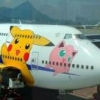Sign in to follow this
Followers
0

Air India Express from Dubai crashes at Mangalore Airport
By
Naim, in General Aviation

By
Naim, in General Aviation